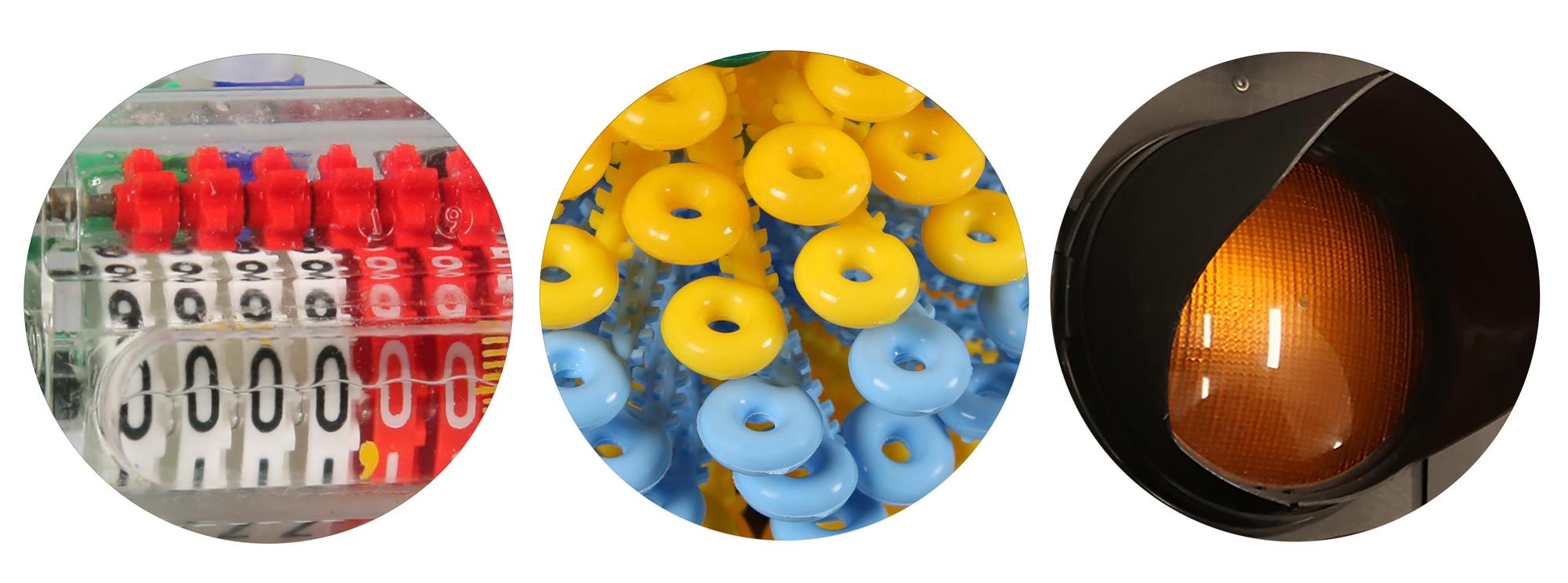Plastics are ubiquitous materials; we are surrounded by them in many aspects of our lives. Because of this, we often overlook them, take them for granted, and do not always recognise their cultural and physical value. The materials specifically come into our vision when the objects they a made into do not do their intended jobs well, when they are used inappropriately, or when they are particularly common or overused. For example, the use of a long-lived materials for a short-term need causes the material to become highly visible and highly contentious, especially if it is poorly discarded. One of plastics’ key features, its lightness, could be considered its main downfall. Products made of plastics can be seen floating in water, blowing in the wind, and caught in trees as litter.

However, many plastics objects carry out their jobs in a quiet, understated, unseen way, for example, protective helmets, road signs, and car bumpers. If they do their jobs well, they often function without consideration even when they are in plain sight. There are many unseen applications where plastics are used because of their specialist properties. These applications include leakproof water and gas pipes, and electrically insulating cable covers hidden in the floors, walls, and streets all around us.
This exhibition considers objects which are literally out of sight, alongside objects where the materials used may simply be unnoticed.
